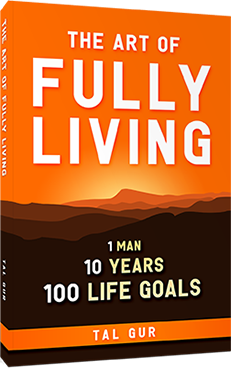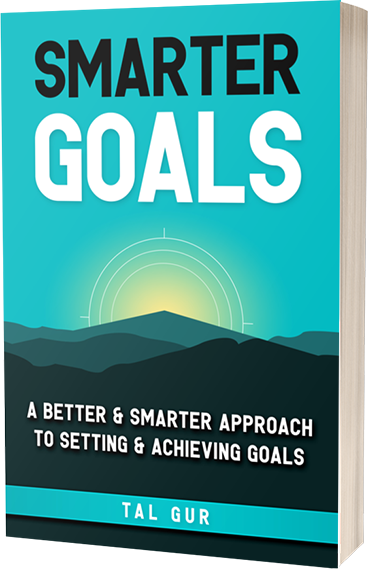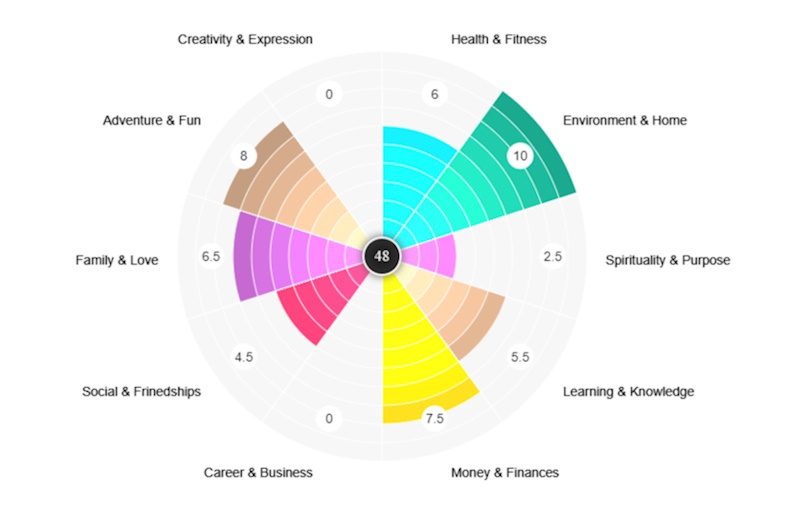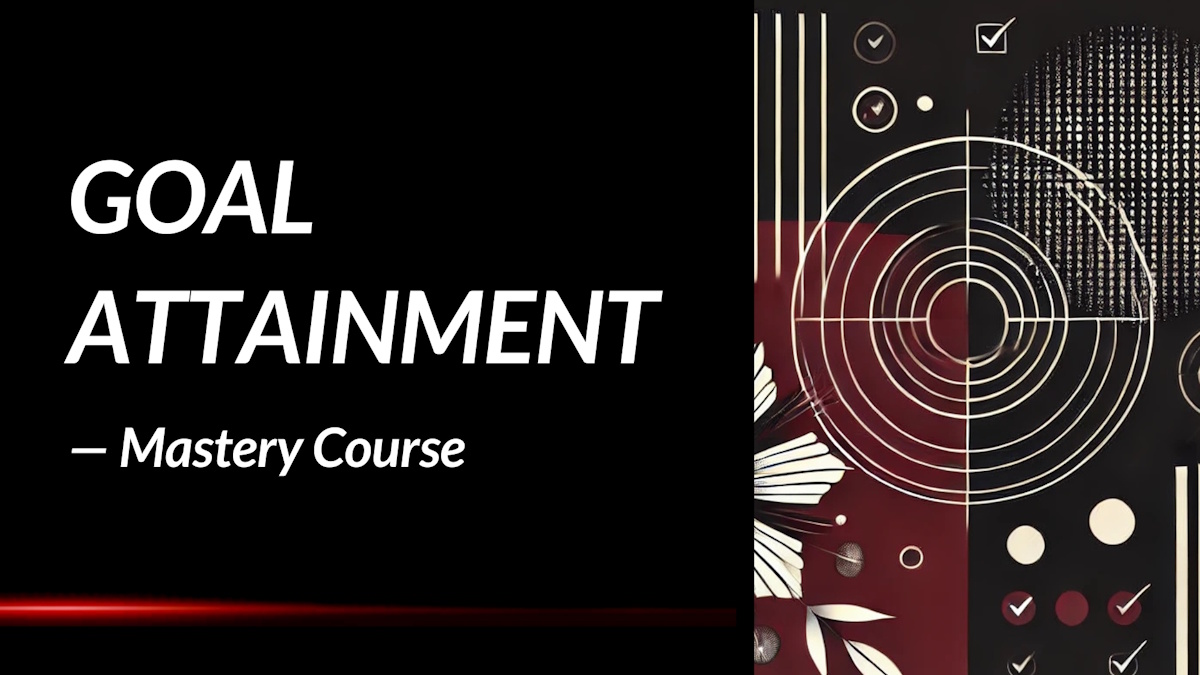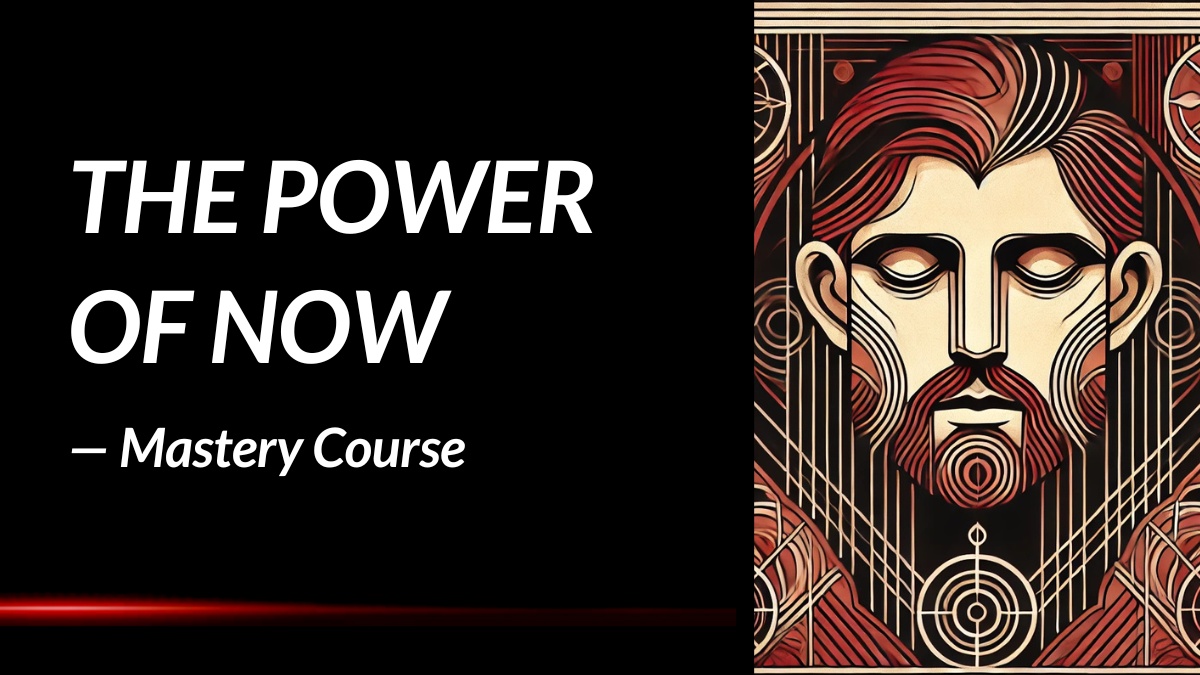The Upward Spiral: Summary Review
What if the path out of depression isn’t a grand leap—but a gentle upward spiral built from tiny, manageable steps? In *The Upward Spiral* by Dr. Alex Korb, a neuroscience researcher and coach, we’re introduced to a practical and hopeful framework for reversing depression by rewiring the brain, one positive choice at a time.
What is the Book About?
*The Upward Spiral* is not your typical self-help book with sweeping promises or vague advice. Instead, it delivers a science-backed, actionable roadmap for anyone feeling trapped in the downward pull of depression. Dr. Alex Korb explains how even the smallest habits—like getting better sleep, practicing gratitude, or going for a short walk—can kick-start changes in the brain that build on one another to create a powerful, upward momentum. These changes don’t rely on willpower alone but are supported by the very neural circuits that depression disrupts, making the process not only possible but sustainable.
Rather than viewing depression as a massive mountain to conquer, Korb breaks it down into approachable shifts that can gradually and reliably improve mood, clarity, and energy. The book is rooted in neuroscience but written with refreshing clarity and heart. Korb’s main argument is that the brain is plastic—it can change—and with the right kind of nudges, it can begin to support well-being rather than sabotage it. The message is clear: depression isn’t a dead end; it’s a detour with a new direction waiting to be taken.
Print length: 240 pages
Language: English
Publication date: March 1, 2015
Genre: Psychology / Self-Help
Book Author
Core Theme
At the heart of *The Upward Spiral* lies one transformative idea: depression is not just a chemical imbalance, but a self-reinforcing loop of thoughts, behaviors, and brain activity—and it can be interrupted. Rather than offering a single "cure," Korb reveals how small, seemingly insignificant choices—like exercising, practicing gratitude, or connecting socially—can alter brain chemistry and create a cycle of improvement. This "upward spiral" is built on neuroscience findings that show how our actions influence neurotransmitters, decision-making circuits, and emotional responses. Each positive habit strengthens another, eventually lifting the mind out of a depressive state.
Korb’s approach is refreshingly empowering. He argues that people don’t need to feel good to take action—they need to take action to feel good. By taking tiny steps that directly impact brain chemistry, like increasing serotonin or dopamine through movement or meditation, people can build emotional resilience without waiting for motivation to strike. The book shows that even the smallest decision can rewire the brain, gently turning the tide from hopelessness toward health. This is not just psychology—it’s a call to action, grounded in science and deeply human in its message.
Main Lessons
A few impactful summary lessons from the book:
1. Depression Is a Circuitry Issue Not a Character Flaw
Understanding depression as a malfunction in brain circuits instead of a reflection of one’s identity reshapes the way we approach healing. It removes the burden of self-blame and opens up the possibility of targeted recovery. The brain, with its intricate networks of the prefrontal cortex, limbic system, striatum, insula, and anterior cingulate, plays a central role in how depression unfolds. When these circuits misfire or fall out of sync, it creates a feedback loop of emotional disconnection, poor motivation, and distorted perception. But the good news is that since these are functional patterns—not fixed traits—they can be changed. By taking small, meaningful actions, we initiate a ripple effect that can shift brain activity and begin reversing the cycle of depression one upward step at a time.
2. Miscommunication Between Brain Regions Fuels the Spiral
A fundamental driver of depression is the dysfunctional conversation between two key parts of the brain: the prefrontal cortex and the limbic system. The prefrontal cortex—the seat of logic and planning—fails to keep the highly emotional limbic system in check. This disconnect allows emotional upheaval to override reason, leading to prolonged sadness, hopelessness, and rumination. Neurotransmitters like serotonin, dopamine, and norepinephrine play crucial roles in this misfire, affecting everything from motivation to attention and stress regulation. By restoring balance between these regions through behavior, therapy, or medication, we can reclaim emotional regulation and break free from the downward pull.
3. Anxiety Is a Malfunctioning Alarm System
Anxiety, when left unchecked, turns from a helpful early warning system into a chronic, paralyzing presence. The brain evolved to anticipate threats for survival, but in depression, this mechanism becomes overactive, turning potential concerns into exaggerated dangers. This leads to endless cycles of worry, overthinking, and avoidance. The ABC model—Alarm, Belief, Coping—illustrates how a single thought can spiral into distress if interpreted irrationally. Strategies like mindfulness, cognitive restructuring, and gradual exposure can disarm the alarm and restore a sense of calm by rewiring the brain’s response to perceived threats.
4. The Brain Magnifies Negativity in Depressive States
When caught in depression, the mind naturally leans toward the negative, scanning for flaws, failures, or threats, even in neutral situations. This cognitive distortion, known as negativity bias, isn’t just mental—it’s embedded in the brain’s circuitry. The brain filters and interprets the world through a darker lens, reinforcing a pessimistic worldview and making it harder to notice positive moments. Overcoming this requires deliberate practice. Gratitude, reframing thoughts, mindfulness, and scheduling joyful activities can shift this filter. Building a 3:1 ratio of positive to negative experiences helps train the brain to balance its perspective and start embracing life’s lighter moments.
5. Habits and Fatigue Are Hardwired Into the Striatum
The same brain region that automates brushing your teeth or tying your shoes—the striatum—also governs the negative habits of depression. It’s the brain’s autopilot, and in depression, it runs harmful scripts like isolation, procrastination, and self-criticism. These behaviors stick because they’re ingrained through repetition and often reinforced by stress. To break free, we need to disrupt the automatic cycle by increasing awareness, deliberately creating new routines, and gradually reactivating the prefrontal cortex. Fatigue, another major symptom, often results from low striatal and cortical activity. Movement—even minimal—can spark the striatum back to life and rebuild energy one small step at a time.
6. Movement Is Medicine for the Brain
Exercise is not just for the body—it’s one of the most powerful tools to rewire the brain and elevate mood. Physical activity boosts key neurochemicals like BDNF, serotonin, dopamine, and endorphins, all of which combat depressive symptoms. It enhances focus, reduces anxiety, improves sleep, and even strengthens emotional resilience. What’s more, these benefits begin with just a few minutes of movement. Consistency matters more than intensity. Starting small and showing up regularly creates a dependable source of emotional fuel, enabling the brain to heal and build momentum for positive change.
7. Restorative Sleep Is Non-Negotiable for Healing
Sleep isn’t just a break from life—it’s a biological reset that repairs brain function and emotional balance. In depression, sleep cycles often go haywire, particularly with increased REM sleep that can disrupt mood stability. Prioritizing sleep hygiene—like maintaining a regular bedtime, creating a dark and quiet sleep space, avoiding late-night screens, and managing caffeine—restores the brain’s nightly cleaning system. Improved sleep enhances mood regulation, sharpens memory, and builds resilience against daily stress. Over time, quality sleep becomes one of the strongest pillars for mental health recovery.
8. Repetition and Self-Belief Shape New Habits
Forming new, healthier habits isn’t a matter of willpower alone—it’s about sculpting the brain through repetition and affirmation. When an action is repeated, it strengthens neural pathways, making the behavior feel more natural over time. Some habits stick faster because they trigger dopamine, giving the brain a sense of reward. Linking new habits to existing routines, starting small, and showing self-compassion through setbacks are all keys to success. But perhaps most crucial is self-affirmation—reminding ourselves of our values and strengths—which activates reward centers and fuels lasting behavioral change.
9. The Body Can Trick the Brain Into Feeling Better
Your brain listens to your body more than you realize. By changing your physical state, you can directly influence your mental state through biofeedback. Smiling (even if you don’t feel like it), standing tall, breathing deeply, and relaxing your muscles can all alter brain chemistry and elevate mood. These seemingly simple actions activate systems tied to calm, confidence, and connection. Practiced regularly, they become reliable tools for interrupting stress and anchoring yourself in the present, making emotional relief more accessible anytime, anywhere.
10. Gratitude Rewires the Brain for Positivity
Gratitude isn’t just a feel-good practice—it’s a powerful neurochemical tool. Actively looking for things to be thankful for boosts serotonin in the anterior cingulate cortex and increases dopamine, enhancing emotional regulation and overall satisfaction. This shift quiets anxiety, eases depression, and strengthens sleep and relationships. Whether through journaling, meditating, or simply savoring small joys, gratitude retrains the brain to search for what’s right instead of what’s wrong. The more often it’s practiced, the easier it becomes for the brain to default to positivity, even in challenging moments.
11. Connection Is Essential for Mental and Brain Health
Humans are hardwired for connection, and isolation is poison to mental health. Social interactions release oxytocin—the bonding hormone—which reduces stress, enhances mood, and boosts cognitive performance. In depression, even fleeting moments of connection can provide emotional relief and physiological healing. Building a support system through regular contact with loved ones, group involvement, or even brief friendly exchanges can dramatically improve well-being. It’s not about how many connections you have, but the quality and regularity that matter most in rewiring the brain for resilience and joy.
12. Professional Support Can Accelerate Recovery
Sometimes, the best way to climb out of the downward spiral is to get a boost from someone trained to help. Professional support—through therapy, medication, or brain stimulation—provides targeted relief that complements self-guided practices. Therapists help reframe distorted thinking, hold space for emotional healing, and provide accountability. Medication can recalibrate neurotransmitters and jumpstart brain circuits stuck in depressive loops. When combined with lifestyle changes, professional treatment becomes a launchpad for sustainable progress, offering hope and structure where self-help alone may fall short.
Key Takeaways
Key summary takeaways from the book:
- Small actions—like taking a walk or showing gratitude—can trigger positive brain changes that build upon each other.
- Depression is a feedback loop involving thoughts, behaviors, and neural pathways—but it can be disrupted with intentional habits.
- Exercise, social connection, good sleep, and mindfulness are all scientifically validated tools for lifting mood and rebalancing the brain.
- You don’t have to fix everything at once—improvement begins with a single, manageable shift that sparks the next.
- Understanding how your brain works empowers you to work with it—not against it—in healing from depression.
Book Strengths
The book is deeply rooted in neuroscience while remaining accessible and practical, making it a powerful resource for those navigating depression or supporting someone who is. Korb’s ability to translate complex brain science into relatable, encouraging insights sets this book apart. It doesn’t overwhelm—it empowers, offering readers a tangible sense of control over what often feels uncontrollable.
Who This Book Is For
This book is perfect for individuals struggling with depression, as well as therapists, coaches, or loved ones who want to understand the condition more compassionately and scientifically. It’s also a great fit for those who appreciate clear, evidence-based approaches to mental health and crave practical tools that work in real life.
Why Should You Read This Book?
If you’ve ever felt stuck in a fog you can’t shake, *The Upward Spiral* is a guide to finding your way out—one step, breath, or decision at a time. It shows that you don’t have to wait to feel better before doing something helpful; doing something helpful is how you begin to feel better. This is more than a book—it’s a gentle revolution in how we think about and address depression.
Concluding Thoughts.
What makes *The Upward Spiral* truly special is how it reshapes the narrative of depression—from something that consumes you to something you can influence, little by little. Korb offers more than hope—he offers a blueprint, grounded in real science and everyday life, showing that change is not only possible but within reach. The beauty of the book is its simplicity: it doesn’t ask you to become someone new overnight. It invites you to start where you are, with what you can manage today.
And that’s the power of the upward spiral: it begins quietly, with a choice. One choice that leads to another, creating momentum in a new direction. Whether you’re facing depression yourself or want to understand it better, this book is a compassionate, science-driven companion that helps you climb—gently, steadily—toward brighter days.
→ Get the book on Amazon or discover more via the author's website or social channels.
* The publisher and editor of this summary review made every effort to maintain information accuracy, including any published quotes, lessons, takeaways, or summary notes.
Chief Editor
 Tal Gur is an author, founder, and impact-driven entrepreneur at heart. After trading his daily grind for a life of his own daring design, he spent a decade pursuing 100 major life goals around the globe. His journey and most recent book, The Art of Fully Living, has led him to found Elevate Society.
Tal Gur is an author, founder, and impact-driven entrepreneur at heart. After trading his daily grind for a life of his own daring design, he spent a decade pursuing 100 major life goals around the globe. His journey and most recent book, The Art of Fully Living, has led him to found Elevate Society.








